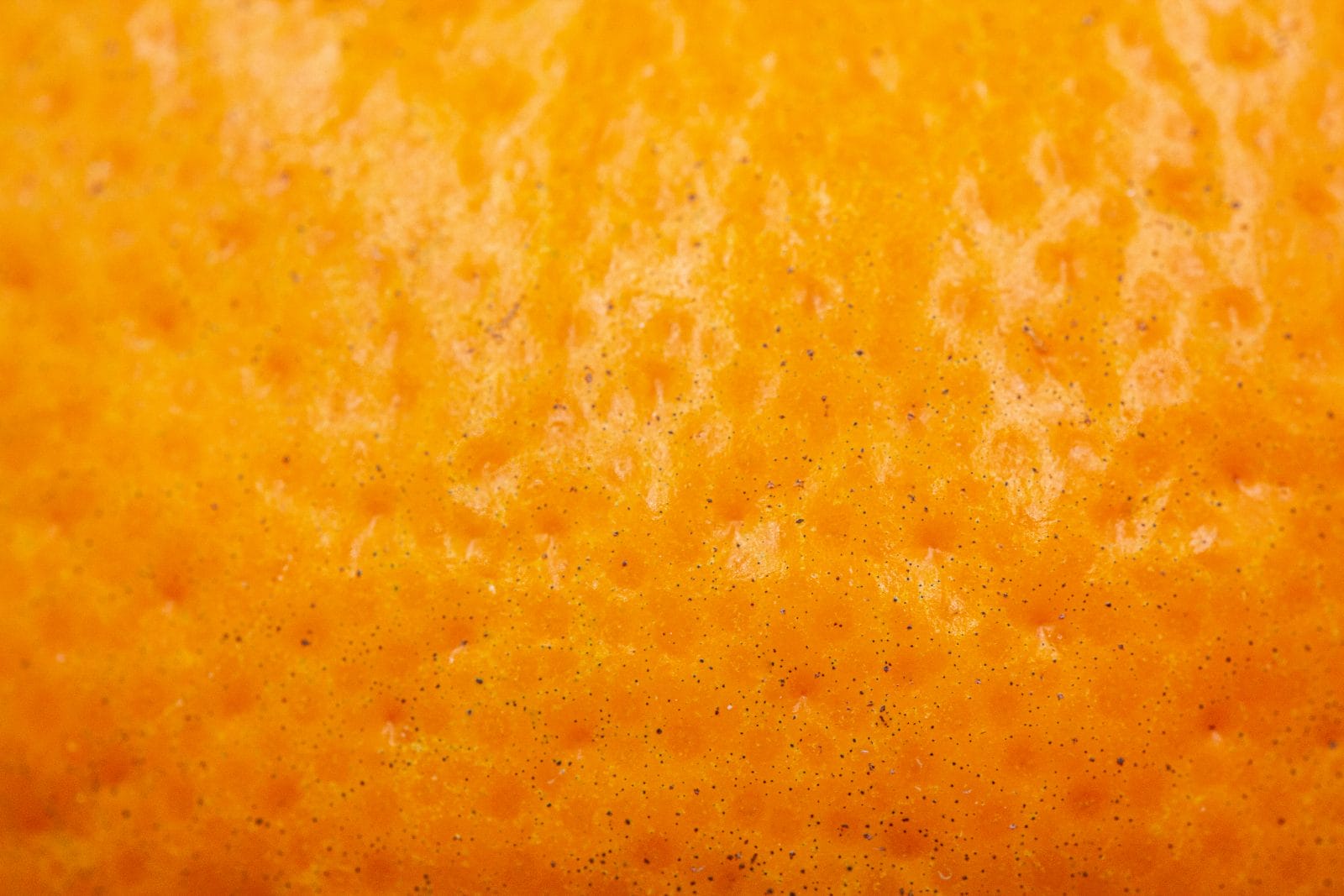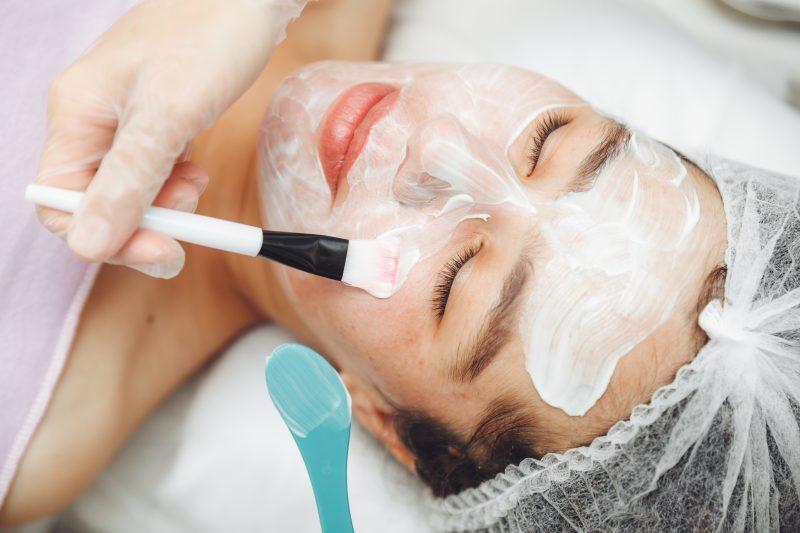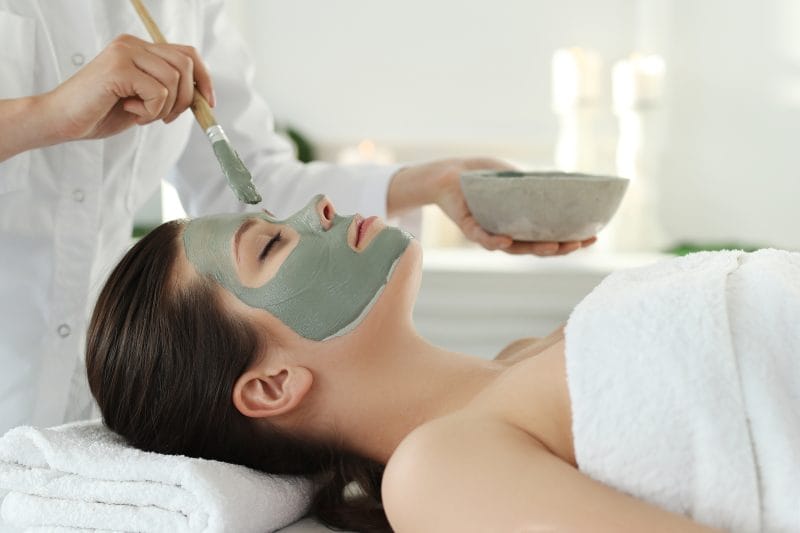Skincare
Understanding Orange Peel Skin: Causes and Solutions
What is Orange Peel Skin?
Orange peel skin, also known as peau d’orange, is a term used to describe a skin texture that resembles the surface of an orange. This condition is characterized by enlarged pores, dimples, and an uneven, rough surface. It is most commonly noticed on the face, but it can also appear on other parts of the body. The texture can be unsightly and is often associated with aging, although it can affect individuals of all ages. Understanding the underlying causes of orange peel skin is essential for developing effective treatment strategies.
Causes of Orange Peel Skin
Several factors contribute to the development of orange peel skin. One of the primary causes is the natural aging process. As skin ages, it loses collagen and elastin, two proteins that help maintain its smooth and firm texture. This loss leads to a decrease in skin elasticity, making pores appear larger and skin texture rougher.
Environmental factors also play a significant role. Prolonged exposure to UV radiation from the sun can damage the skin’s structural integrity. UV rays break down collagen and elastin fibers, accelerating the aging process and contributing to the development of an orange peel texture. Additionally, pollutants and toxins in the environment can clog pores and cause inflammation, further exacerbating the condition.
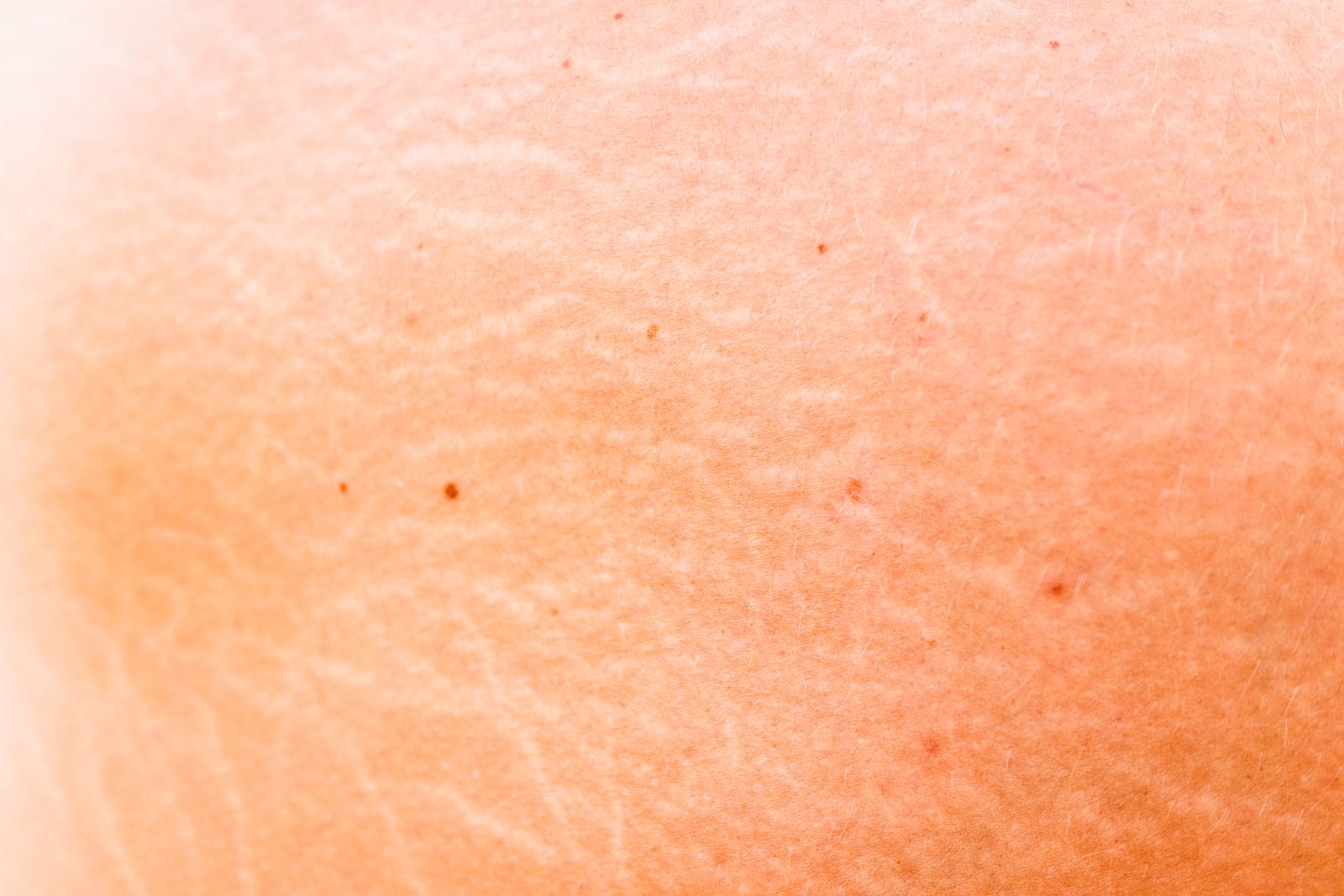
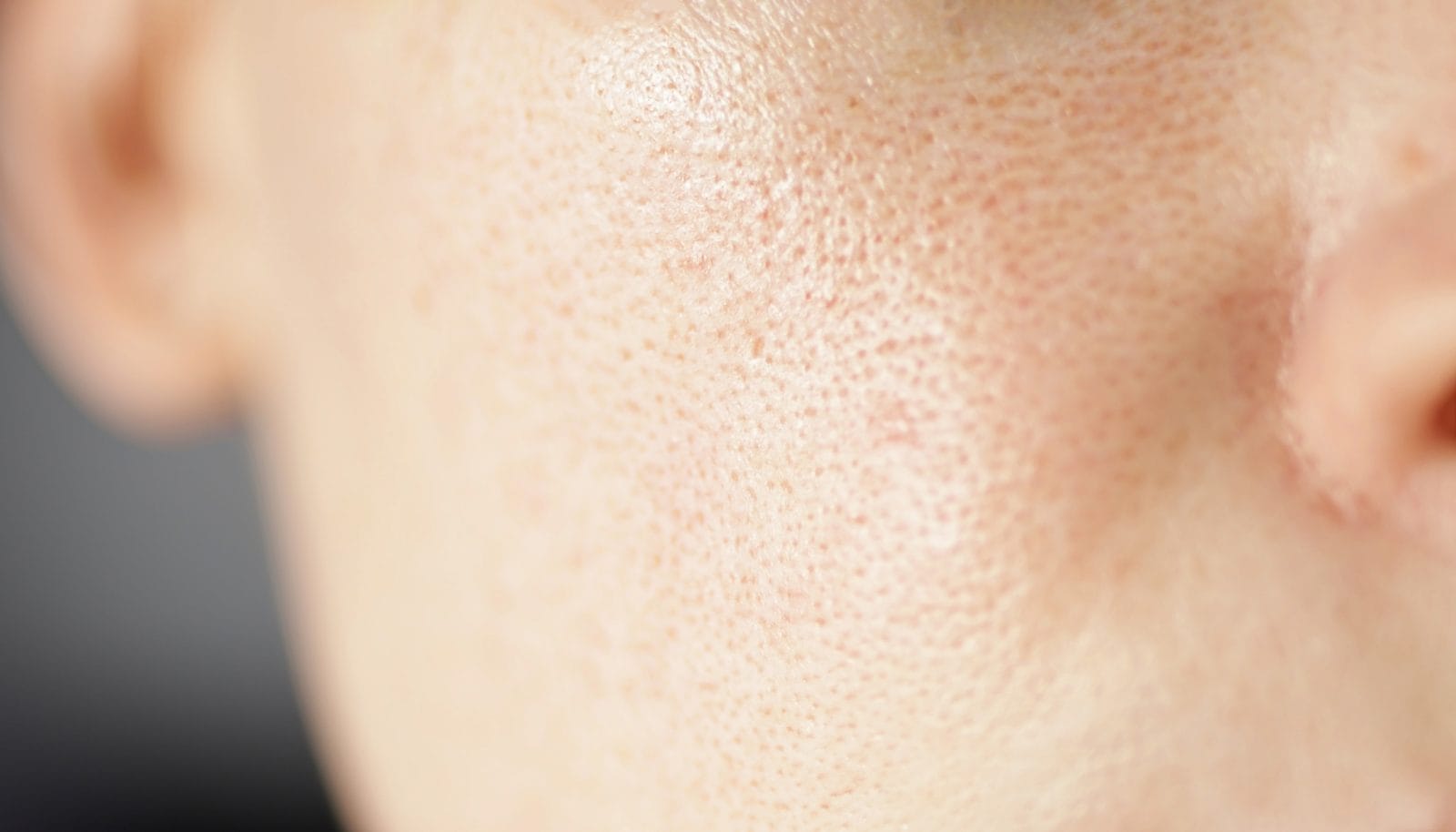
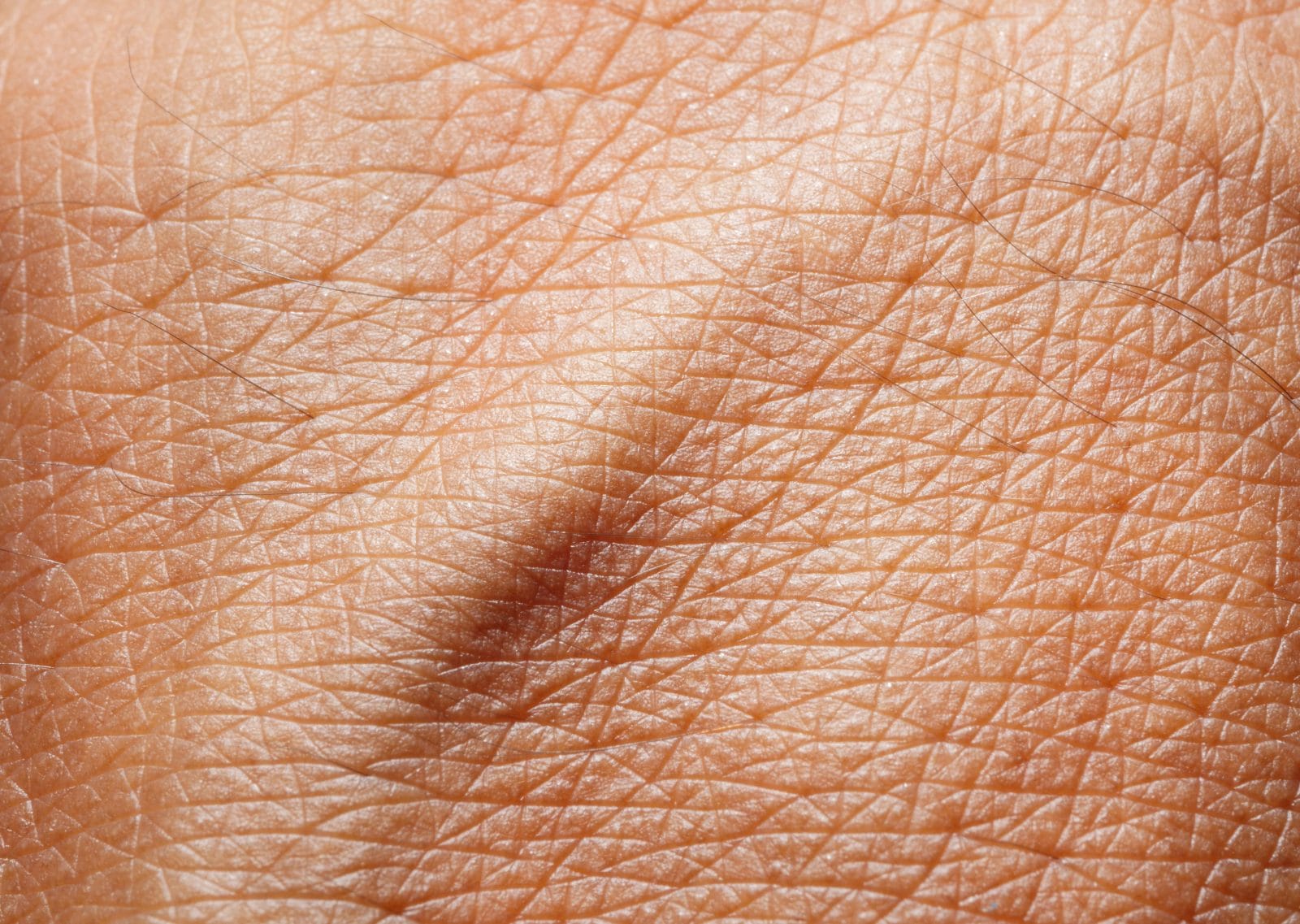
Genetics can also influence the likelihood of developing orange peel skin. Individuals with a family history of large pores and rough skin texture are more prone to experiencing this condition. Hormonal changes, such as those occurring during puberty, pregnancy, or menopause, can also affect skin texture by increasing oil production and enlarging pores.
Lifestyle Factors Contributing to Orange Peel Skin
Unhealthy lifestyle habits can contribute to the appearance of orange peel skin. Poor diet, lack of exercise, and inadequate hydration can all negatively impact skin health. A diet high in processed foods, sugars, and unhealthy fats can lead to inflammation and breakouts, which can contribute to a rough, uneven skin texture. On the other hand, a balanced diet rich in vitamins, minerals, and antioxidants supports skin health and helps maintain a smoother appearance.
Smoking is another significant factor. The chemicals in cigarettes damage collagen and elastin fibers, reducing skin elasticity and promoting premature aging. Smoking also impairs blood flow to the skin, depriving it of essential nutrients and oxygen, which can lead to a dull, rough texture.
Stress and lack of sleep can also affect skin health. Chronic stress increases the production of cortisol, a hormone that can cause inflammation and breakouts. Similarly, inadequate sleep interferes with the body’s ability to repair and regenerate skin cells, leading to a tired, uneven complexion.
Correcting Orange Peel Skin Through Skincare
An effective skincare routine is crucial for managing and improving orange peel skin. Cleansing is the first step. Using a gentle cleanser twice a day helps remove dirt, oil, and impurities that can clog pores and exacerbate rough texture. Avoid harsh soaps and cleansers that can strip the skin of its natural oils, leading to dryness and irritation.
Exfoliation is another essential step. Regular exfoliation helps remove dead skin cells and promotes the growth of new, healthy skin. Choose an exfoliant suitable for your skin type—mechanical exfoliants with small, gentle beads for sensitive skin, or chemical exfoliants like alpha hydroxy acids (AHAs) or beta hydroxy acids (BHAs) for more resilient skin. However, avoid over-exfoliating, as it can lead to irritation and worsen the condition.
Moisturizing is crucial for maintaining skin hydration and elasticity. Look for moisturizers that contain ingredients like hyaluronic acid, glycerin, and ceramides, which help attract and retain moisture in the skin. Hydrated skin appears plumper and smoother, reducing the appearance of large pores and rough texture.
Advanced Skincare Treatments
For more severe cases of orange peel skin, advanced skincare treatments can provide significant improvements. Retinoids, derivatives of vitamin A, are known for their ability to increase cell turnover and stimulate collagen production. Regular use of retinoids can help smooth out skin texture and reduce the appearance of enlarged pores. However, retinoids can be irritating, so it’s essential to start with a lower concentration and gradually increase as tolerated.
Chemical peels are another effective treatment option. These involve applying a chemical solution to the skin, which causes the top layer to peel off, revealing smoother, more even skin underneath. Chemical peels vary in strength and can be tailored to individual skin concerns. They can be particularly beneficial for addressing orange peel skin by promoting the growth of new, healthy skin cells.
Microneedling is a minimally invasive procedure that involves creating tiny punctures in the skin using fine needles. This process stimulates the production of collagen and elastin, improving skin texture and reducing the appearance of large pores. Microneedling can be performed by a dermatologist or skincare professional and typically requires multiple sessions for optimal results.
Diet and Hydration for Healthy Skin
Maintaining a healthy diet and staying hydrated are fundamental for improving skin texture. Consuming a diet rich in fruits, vegetables, lean proteins, and healthy fats provides the nutrients necessary for skin health. Antioxidant-rich foods, such as berries, leafy greens, and nuts, help protect the skin from damage caused by free radicals and support collagen production.
Drinking plenty of water is essential for keeping the skin hydrated from the inside out. Dehydrated skin can appear dry and rough, so aim to drink at least eight glasses of water a day. Herbal teas and water-rich foods like cucumbers and watermelon can also contribute to overall hydration.
According to a study published in the Journal of Dermatological Science, nearly 80% of individuals over the age of 40 experience some degree of skin textural changes, including the appearance of enlarged pores and rough texture. This statistic highlights the prevalence of conditions like orange peel skin and underscores the importance of effective treatment and preventive measures.
Preventive Measures
Preventing orange peel skin involves adopting healthy skincare and lifestyle habits. Protecting your skin from UV damage is critical. Always apply a broad-spectrum sunscreen with an SPF of 30 or higher, even on cloudy days. Wearing protective clothing and seeking shade during peak sun hours can further reduce the risk of sun damage.
Avoiding smoking and limiting alcohol consumption can also benefit your skin. Both smoking and excessive alcohol intake can deplete the skin of essential nutrients and accelerate the aging process. Instead, focus on maintaining a balanced diet and staying hydrated to support overall skin health.
Regular exercise is beneficial for skin health as it promotes healthy blood circulation, delivering oxygen and nutrients to the skin. Exercise also helps reduce stress, which can negatively impact skin texture. Incorporating relaxation techniques such as yoga or meditation can further support a healthy complexion by managing stress levels.
The Psychological Impact of Skin Conditions
Dealing with skin conditions like orange peel skin can have psychological effects. It’s important to address these emotional impacts alongside physical treatments. Individuals may feel self-conscious or anxious about their appearance, affecting their self-esteem and social interactions. Seeking support from friends, family, or mental health professionals can provide emotional relief and help build confidence.
Practicing self-care and developing a positive skincare routine can also enhance mental well-being. Taking time to care for your skin and seeing improvements can boost confidence and provide a sense of control over the condition.



